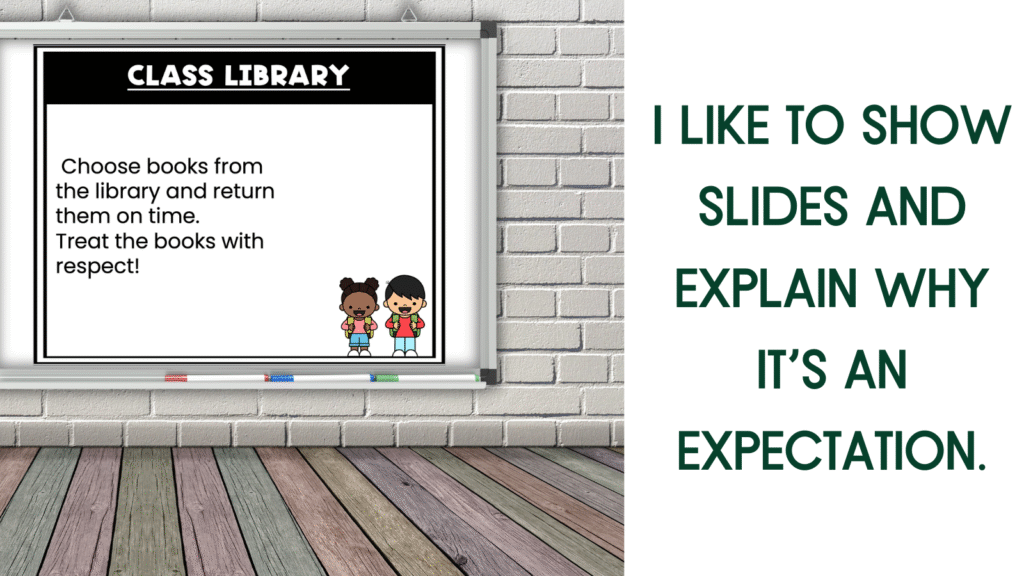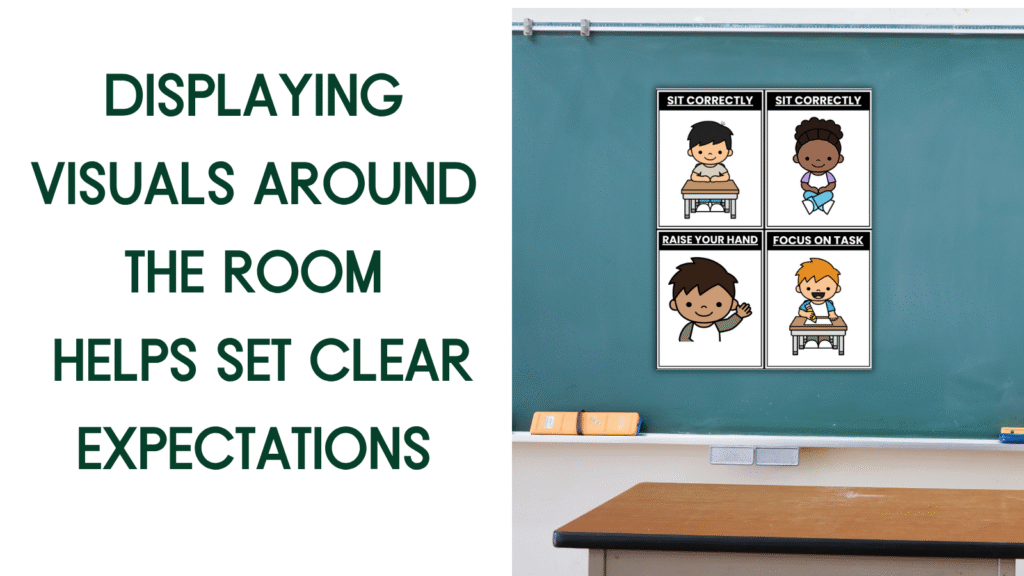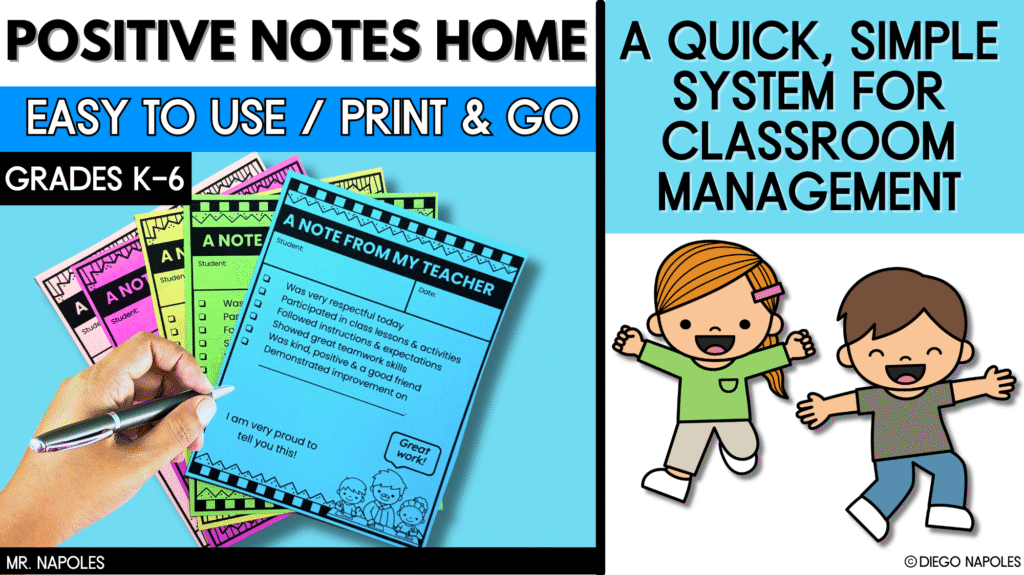After teaching for over a decade, one big truth has stayed the same. Positive behavior doesn’t magically appear. It grows because of the systems we build, the routines we reinforce, and the moments where we actually pause and celebrate kids for their growth. If you’re looking for realistic classroom management strategies that encourage positive behavior in students, these five will take you far.

1. Set the Tone with Clear Expectations and Routines
Students can’t follow expectations they don’t understand. I teach behavior the same way I teach content. We model. We practice. And we revisit… often.
We don’t just talk about lining up quietly. We walk through it step by step and reflect on what went well. And we hold that same standard all year long.
Routines = safety. When students know what to expect, they relax. They choose better.
2. Focus on Positive Reinforcement that Feels Authentic
Positive reinforcement doesn’t have to be over the top or complicated. In my classroom, I aim for a 3 to 1 ratio. For every correction, I intentionally look for three positives.
Simple options that work:
• Shout-outs during transitions
• Positive names on the board
• Behavior bucks tied to class incentives
It’s not about being perfect. It’s about reinforcing growth consistently.
3. Silent Signals and Visual Cues Keep Learning Moving
Not every behavior needs a full class interruption. Silent cues are one of my favorite classroom management tools because they redirect quietly without stopping the lesson.
I keep visual posters in my classroom for common reminders. I point and move on. It protects the flow of instruction and keeps the focus on learning.

4. Celebrate Growth More Than Perfection
Kids need to know their effort matters.
Every Friday, I highlight students who made progress. Not the students who were perfect. The students who grew.
For example:
• A student who turned it around after a tough morning
• Someone who helped a peer without being asked
• A student who met a behavior goal they have been working toward
This teaches students that positive behavior is a journey. And effort counts.

5. Send Positive Notes Home to Build Trust with Families
Positive phone calls and notes home change everything. Parents love knowing good moments are being seen and celebrated.
I used to struggle to stay consistent with this. That’s why I created my own Positive Notes set. I keep them right next to my dismissal area so I can fill out 1 or 2 while kids pack up.
Students get excited about them. Families appreciate them. And it reinforces the good.

Grab the printable Positive Behavior Notes set here on Teachers Pay Teachers.
Final thought…
Positive behavior is built through connection, structure, and consistent reinforcement. These small classroom systems don’t just support students academically… they set the tone for how students show up as people. These routines build confidence, independence, and responsibility that lasts beyond the classroom.



